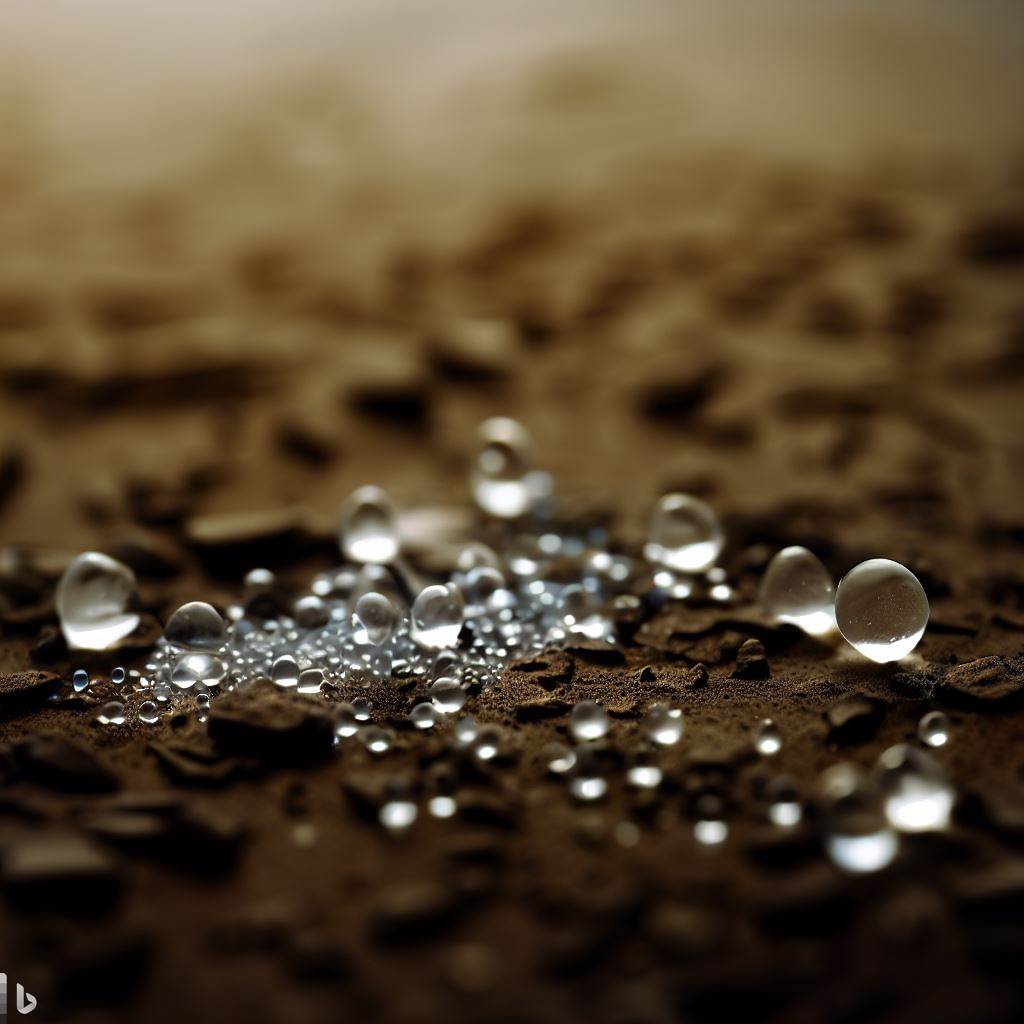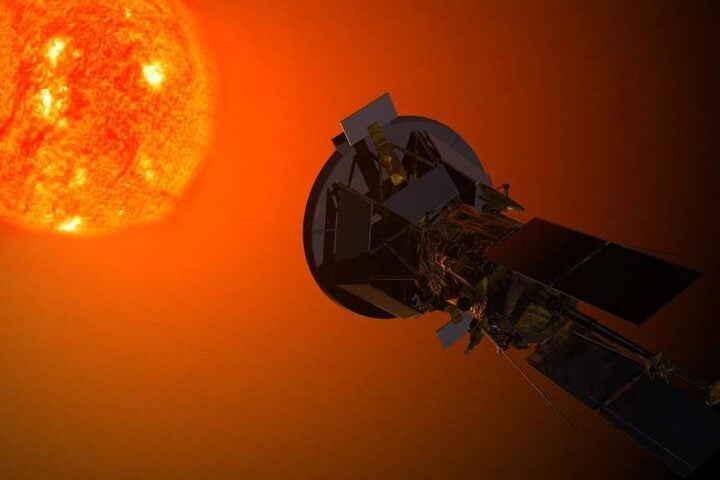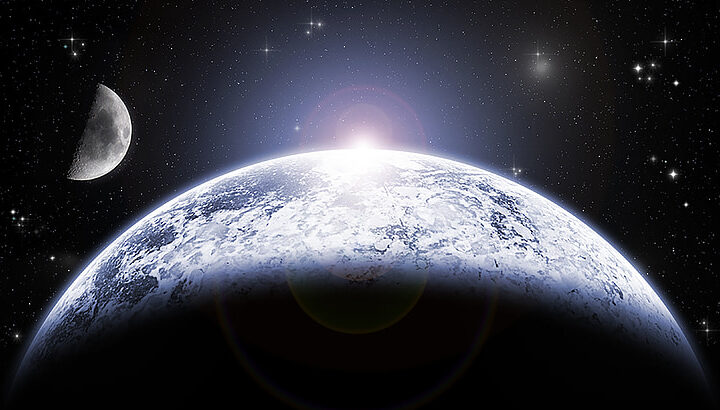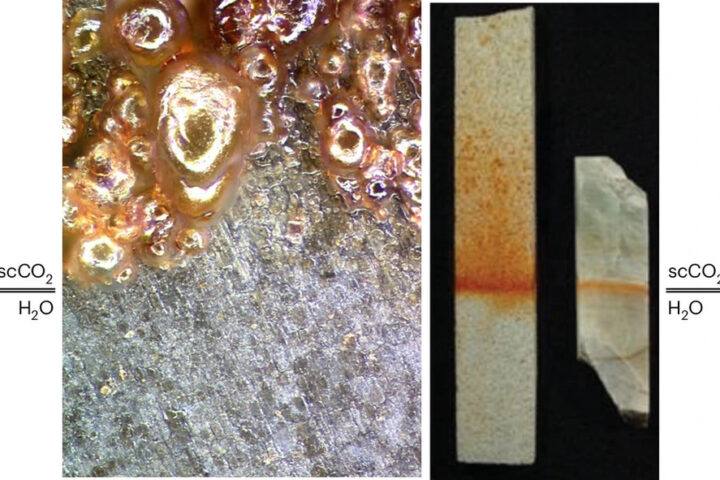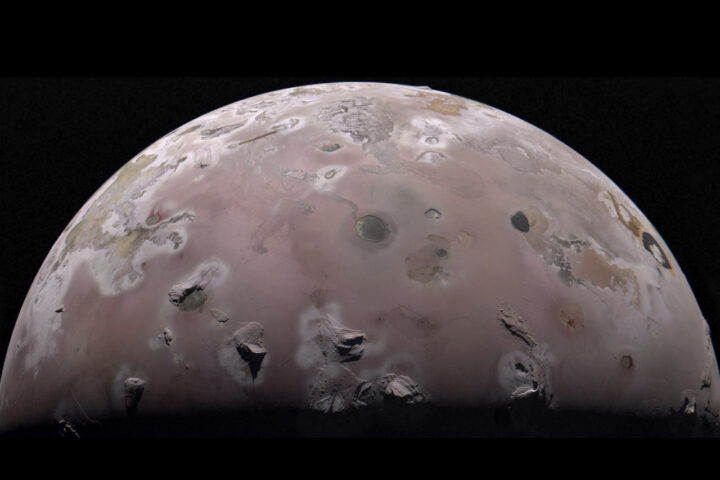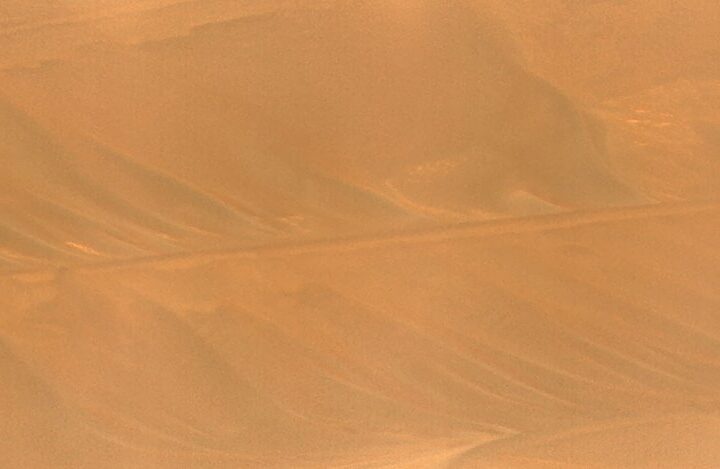Chinese space scientists have found a new source of water on the Moon. This finding could make it easier for future explorers to reside on the Moon. Water embedded in minute glass beads in Moon’s soil was discovered in samples taken from the Moon’s surface during China’s lunar mission in 2020.
The H2O in these glass beads was found to be reasonably simple to extract. The water could either be used as propellant or astronauts can consume it. The finding could be evidence of an ongoing water cycle, according to experts.
India’s Chandrayaan mission had confirmed water on the Moon in 2008 in the form of ice in shaded areas at its poles. So experts knew for years that there is H2O on the Moon in the form of ice in shaded areas at its poles. However, the samples retrieved by Beijing‘s Chang’e 5 lunar expedition confirm the availability of water on the Moon.
The results and findings were published in the journal Nature Geoscience on Monday. The size of the glass beads ranged from the width of one hair to several hairs. The quantity of water was only of minuscule content in the beads. These glass beads might be present in billions or even trillions on the Moon, so there could be a significant quantity of water, however mining it would be difficult, according to the researchers.
The beads could continue to harness water thanks to the constant supply of hydrogen through solar wind. Surface water on the Moon exhibits diurnal cycles and loss to space. A hydrated layer or reservoir in deeper lunar soils is needed to support the retention, release, and replenishment of water on the Moon’s surface.
Previous investigations of the water inventory of lunar soils, rocks, and glass beads have been unable to explain the preservation, release, and replenishment of water on the Moon’s surface. This new discovery could lead to future explorers colonizing the Moon. Water could be extracted from these beads via heating by future lunar missions.
